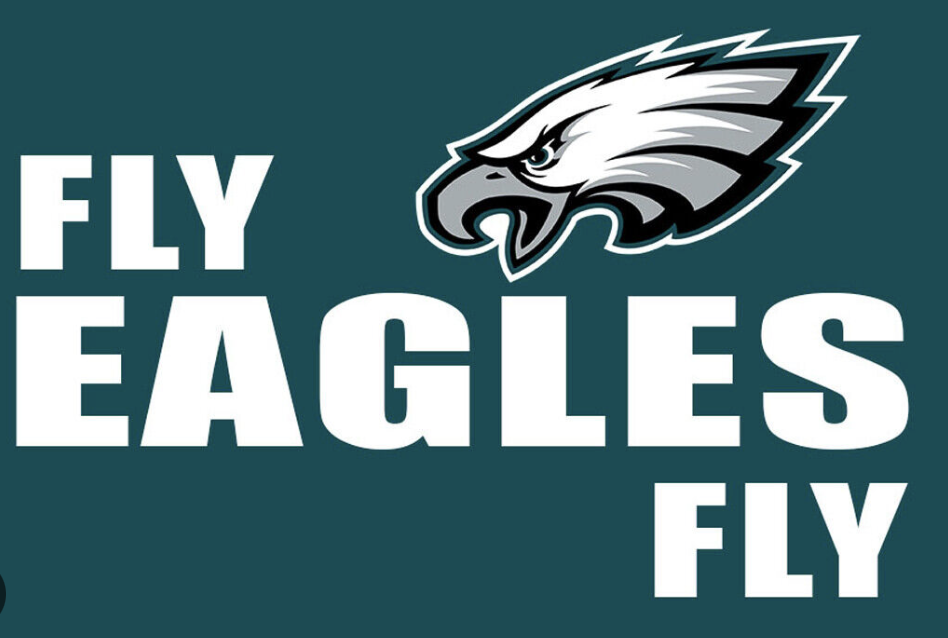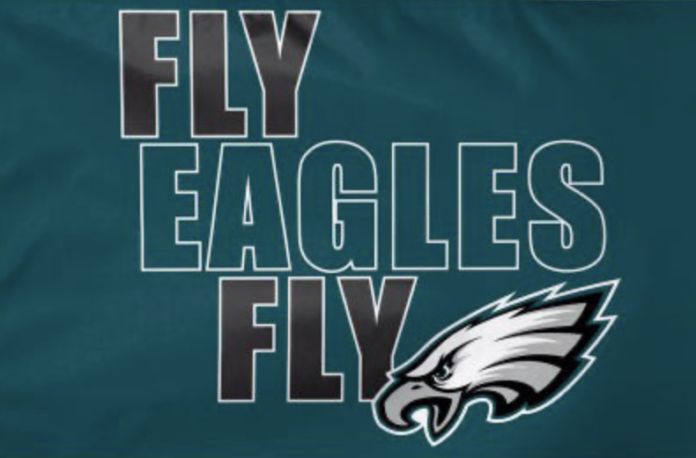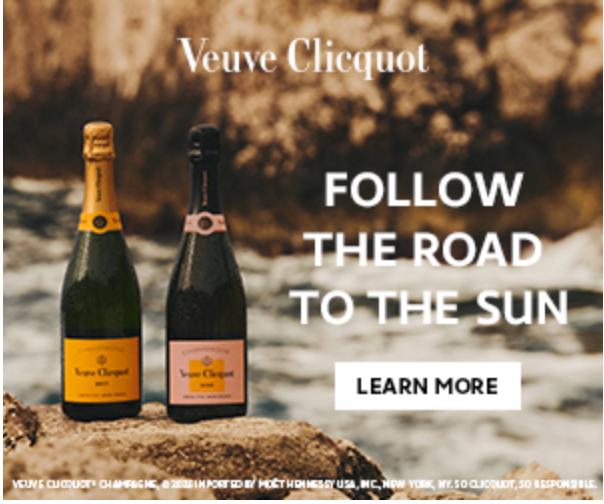Philadelphia Eagles are playing the 2023 Super Bowl: Where to Watch, What to Eat & More
Fans across the city can celebrate the Birds with cheer cards, pop-ups stores and pep rallies.
Eagles Pop Ups & Pep Rallies in Philadelphia
Miller Lite Toast to the Eagles! on the Battleship New Jersey:
Hop aboard the Battleship New Jersey at noon on Saturday, February 11, 2023 to toast the Eagles’ winning ways with a free Miller Lite for all attendees 21-plus.
The free toast is followed by a celebratory firing of the ships’ five-inch guns.
Note: While the Miller Lite Toast event is free, tickets are required for tours of the ship (Battleship New Jersey, 100 Clinton Street, Camden, NJ).
It’s a Philly Thing Pep Rally
It’s a Philly Thing Pep Rally at Fashion District Philadelphia: Stop by the Fashion District Philadelphia on Saturday, February 11, 2023 for a pre-Super Bowl pep rally from 1 to 4 p.m.

Stop by for games and giveaways, a DJ with lively tunes and an Eagles Fashion Show.
Let’s see those game day outfits.
The Fashion District is teaming up with Philly Fashion Week to hand out up to $500 in prizes for the most creative Eagles outfits. Enter at “The Cube” entrance at 9th and Market streets for the football festivities (Fashion District Philadelphia, enter at 9th & Market streets).
New Birdfeed 2023 Mural on South Street
New Birdfeed 2023 Mural on South Street: During the Eagles’ last run to the Super Bowl in 2018, Philly artist Meg Saligman sent the internet into a frenzy with her mural in Bella Vista.
Snap a selfie with Eagles players on the Rocky Steps
Snap a selfie with Eagles players on the iconic staircase leading to the Philadelphia Museum of Art.
The Museum has installed giant cutouts of four Eagles stars along both sides of the steps.

Star quarterback Jalen Hurts, strip-sack king Brandon Graham, “Big Play Slay” Darius Slay Jr. or the Slim Reaper DeVonta Smith.
The Bird Dog from Dietz & Watson
The Bird Dog from Dietz & Watson: Hear us out: cheese-covered hot dogs served on green buns.
They’re free and served out of a giant, roving Birds-mobile.
South Philly’s Cacia’s Bakery and Dietz & Watson are teaming up to sling limited edition Bird Dogs at spots throughout the city ahead of Sunday’s showdown.
The hot dogs — served up on Kelly green rolls from Cacia’s — are topped with long hots, provolone (or spicy cheddar) cheese and crunchy fried onions.




